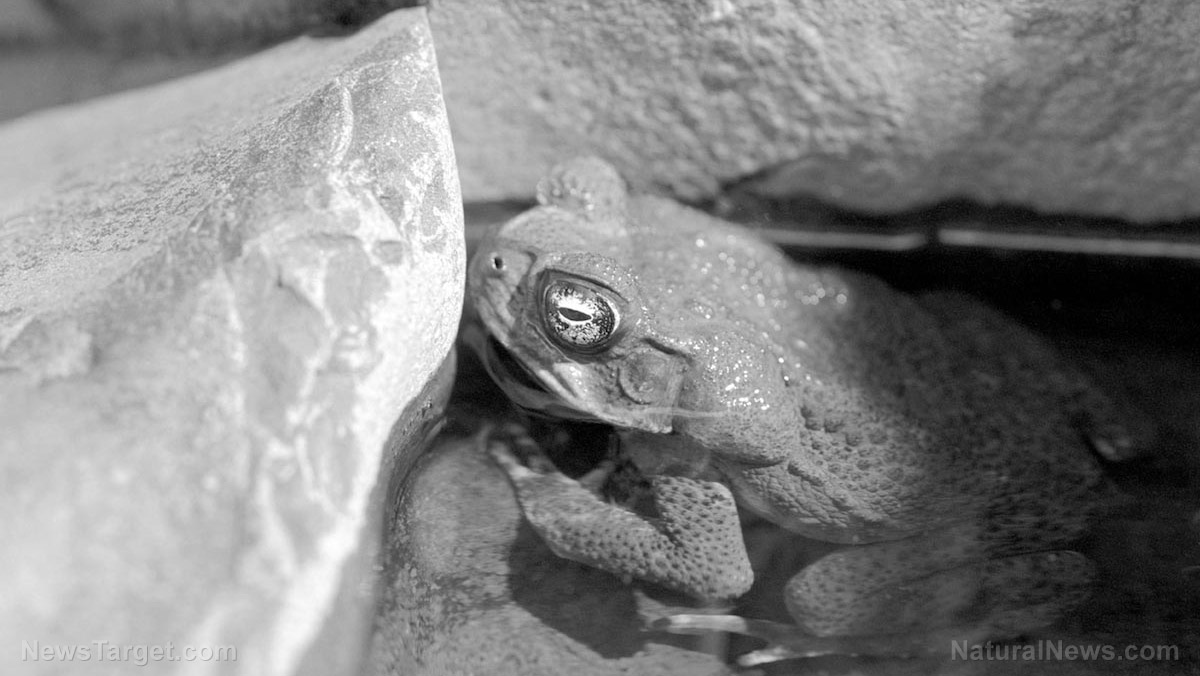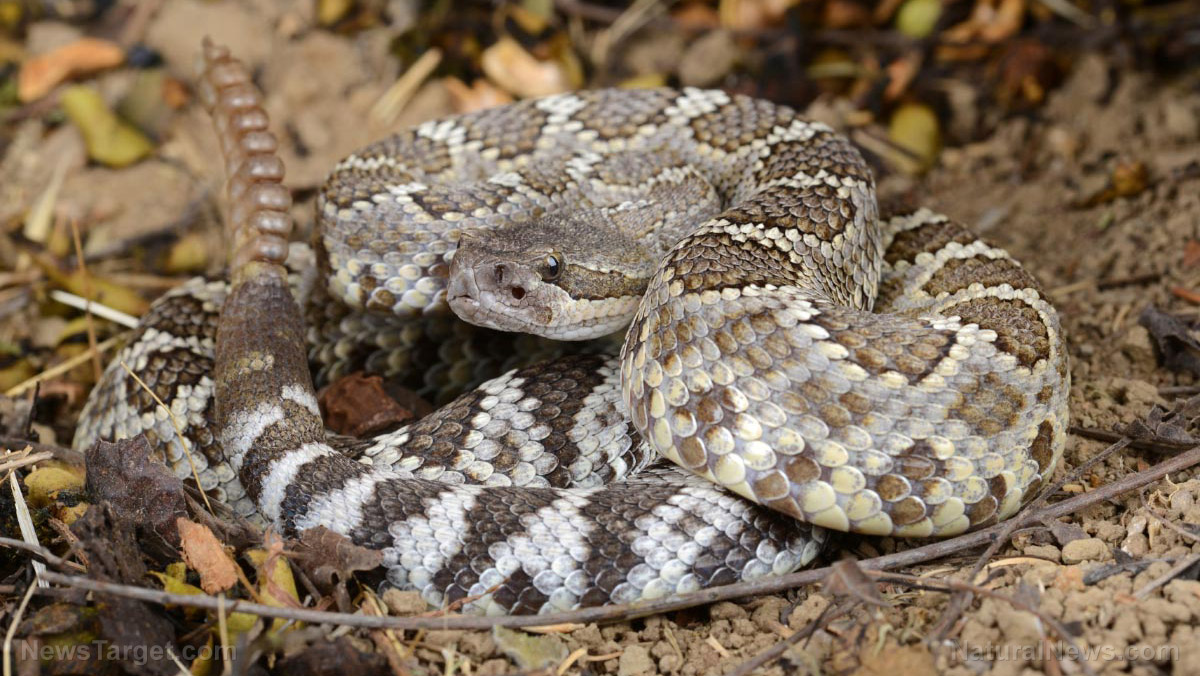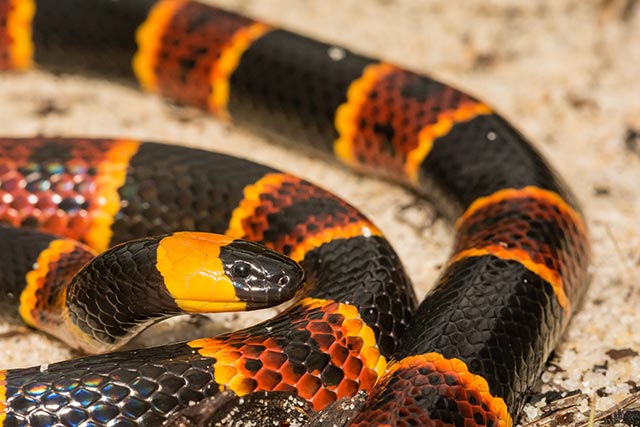National Park Service warns against licking PSYCHEDELIC TOADS to get high
11/15/2022 / By Kevin Hughes

The National Parks Service (NPS) has warned Americans to stop licking psychedelic toads to get “high.”
The office under the Department of the Interior recently issued this warning on Facebook. It admonished people against licking the Sonoran Desert toad (Bufo alvarius). According to the NPS, the toad secretes an extremely powerful toxin that can poison the mouth.
“These toads have prominent parotoid glands that secrete a potent toxin,” the NPS warned. “It can make you sick if you handle the frog or get the poison in your mouth. As we say, with most things you come across in a national park – whether it be a banana slug, an unfamiliar mushroom or a large toad with glowing eyes in the dead of night – please refrain from licking.”
Also called the Colorado River toad, B. alvarius is one of the biggest toads native to North America. It can be found in southern Arizona, California and New Mexico. The toad can also be found on the other side of the border, being frequently spotted in western Mexico.
As a defense mechanism, the Sonoran Deset toad secretes the milky-white substance bufotenin. This substance, also known by its chemical name 5-MeO-DMT, is found on the toad’s skin. To obtain bufotenin, the toad’s poisonous venom glands are milked, with the resulting liquid being dried until it becomes a brittle, dry paste.
Bufotenin has been harvested and smoked by shamans across Mexico and the southwestern U.S. for decades. But with a recent resurgence in the psychedelic substance’s popularity, the NPS is worried that people may turn to physically licking the toad to get their high. (Related: Venom of the black mamba snake is a potent painkiller, say scientists.)
Bufotenin gaining popularity – thanks to Mike Tyson, Hunter Biden
The link between bufotenin and the toads was first established in 1983. Artist Ken Nelson went to the Sonoran Desert, milked a toad, dried its skin secretions and subsequently smoked the resulting products. Pharmacologists then learned that the toad was a potential source of bufotenin.
Many public figures have contributed to bufotenin’s resurgent popularity, including legendary boxer “Iron” Mike Tyson and presidential son Hunter Biden.
The heavyweight boxer told the New York Post: “I did it as a date. I was doing heavy drugs like cocaine, so why not? It’s another dimension. Before I did the toad, I was a wreck. During his appearance on “The Joe Rogan Experience” podcast, Tyson revealed that his use of bufotenin persuaded him to get back in the ring in his mid-fifties.
The presidential son, who is involved in a web of controversies, wrote in his 2021 memoir that he used bufotenin to treat his drug addiction and alcoholism. Hunter Biden attributed his year-long sobriety to the psychedelic substance.
“It was a profound experience. It connected me in a vividly renewed way to everyone in my life, living or dead,” he wrote.
American journalist Hamilton Morris warned, however, that the “troubling” popularity of bufotenin can endanger the toads. B. alvarius is already on the list of endangered species in California, and on the threatened list in New Mexico.
“For conservation purposes, it’s necessary that people stop milking toads,” he told podcast host Joe Rogan. “It’s become too popular. If some celebrities said they like something, that can have a tangible effect on the environment.”
Follow Toxins.news for more news about toad venom and other animal toxins.
Watch the video below to know why psychedelics such as bufotenin are problematic hallucinogens.
This video is from the jroseland channel on Brighteon.com.
More related stories:
These 16 pharmaceutical drugs are made from animal venom.
Dr. Bryan Ardis: Engineered COVID virus contains DOZENS of synthetic animal venoms.
Sources include:
Submit a correction >>
Tagged Under:
5-MeO-DMT, Arizona, Bufotenin, Colorado River toad, Dangerous, Ecology, environment, hallucinogenic, Hunter Biden, insanity, Mexico, Mike Tyson, National Park Service, New Mexico, poison, psychedelic drugs, Sonoran Desert toad, toxins
This article may contain statements that reflect the opinion of the author
RECENT NEWS & ARTICLES
COPYRIGHT © 2017 POISON NEWS




















